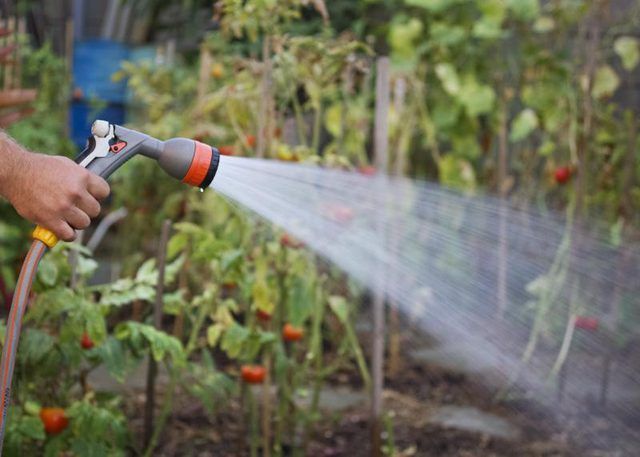Bulbs
Flower Basics
Flower Beds & Specialty Gardens
Flower Garden
Garden Furniture
Garden Gnomes
Garden Seeds
Garden Sheds
Garden Statues
Garden Tools & Supplies
Gardening Basics
Green & Organic
Groundcovers & Vines
Growing Annuals
Growing Basil
Growing Beans
Growing Berries
Growing Blueberries
Growing Cactus
Growing Corn
Growing Cotton
Growing Edibles
Growing Flowers
Growing Garlic
Growing Grapes
Growing Grass
Growing Herbs
Growing Jasmine
Growing Mint
Growing Mushrooms
Orchids
Growing Peanuts
Growing Perennials
Growing Plants
Growing Rosemary
Growing Roses
Growing Strawberries
Growing Sunflowers
Growing Thyme
Growing Tomatoes
Growing Tulips
Growing Vegetables
Herb Basics
Herb Garden
Indoor Growing
Landscaping Basics
Landscaping Patios
Landscaping Plants
Landscaping Shrubs
Landscaping Trees
Landscaping Walks & Pathways
Lawn Basics
Lawn Maintenance
Lawn Mowers
Lawn Ornaments
Lawn Planting
Lawn Tools
Outdoor Growing
Overall Landscape Planning
Pests, Weeds & Problems
Plant Basics
Rock Garden
Rose Garden
Shrubs
Soil
Specialty Gardens
Trees
Vegetable Garden
Yard Maintenance
Gardening Tools and Their Uses
Gardening Tools and Their Uses. While your collection of gardening tools may become as expansive as your gardening knowledge after years of tending to plants, many garden tools serve one of these primary purposes: digging holes, trimming and cutting, raking, or watering. If you're just starting out in the garden, begin with the most utilitarian,...
While your collection of gardening tools may become as expansive as your gardening knowledge after years of tending to plants, many garden tools serve one of these primary purposes: digging holes, trimming and cutting, raking, or watering. If you're just starting out in the garden, begin with the most utilitarian, basic supplies at first, adding to your tool arsenal as you gain experience.
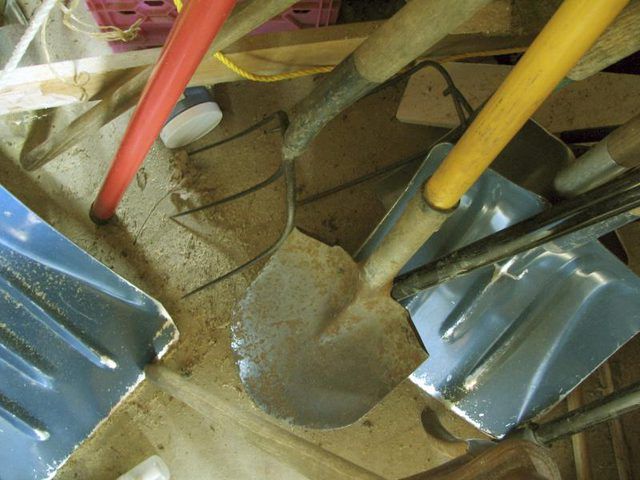
Digging is among the most important tasks in a garden, and with no means to dig, there's no means to plant, unless you plan to use your bare hands or sticks. A large garden shovel and spade tame tasks such as digging holes to transplant potted plants or shrubs. Spades typically have somewhat flat edges, ideal for breaking through tough dirt and small roots, while shovels have pointier tips for general soil digging. The flat spade edge also breaks up clumps of compacted dirt. A shovel is the tool for the job when you need to dig deep holes, such as for transplanting shrubs. A small garden trowel is another must-have, for planting bulbs, loosening soil to plant seeds, and transplanting flats of flowers to a flowerbed or planter pot.
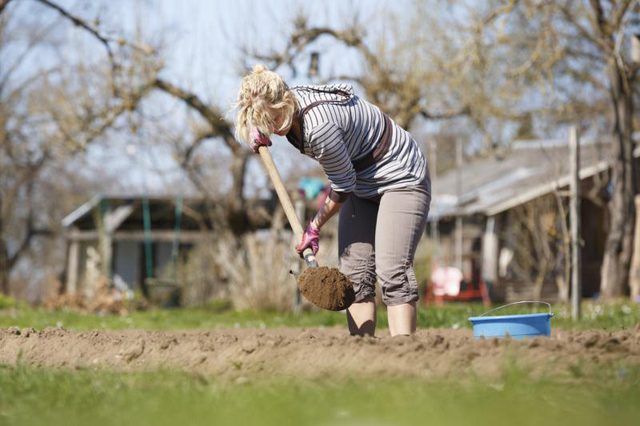
Trimming and cutting back are important garden-maintenance tasks, no matter what you grow. Bypass pruners look a bit like strong scissors with the top blade curved like the beak on a bird, while the top blade on an anvil pruner meets up with a flat bottom surface that acts as an anvil, unlike scissors. Bypass pruners are the most versatile around the garden; use them to trim rosebushes, snip twigs and cut back plants at the end of a growing season. The blades on bypass pruners vary in size -- some of the larger models snip through twigs up to an inch thick. Electric hedge trimmers allow you to shape shrubs and hedges with ease as they slice through thin plant matter. Pruning saws, available in short- and long-handled models, trim through thicker growth such as tree branches blocking a clear path to the garden, or overgrown plants that are so thick and stalky that a bypass pruner is too small for the task. Long-handled tree saws are designed to cut overhead branches that would otherwise be out of reach.
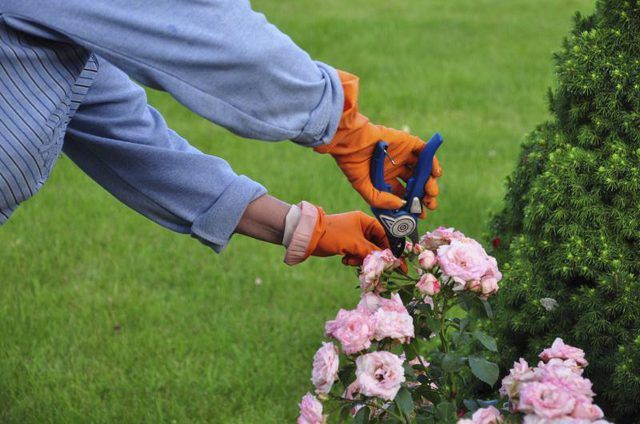
A few standard rakes are enough to tackle most garden-related raking duties. A shrub rake looks a bit like a lawn or leaf rake, but with a more compact tine area. This rake is designed to reach between bushes and shrubs to gather leaves and dead plant matter where a standard leaf rake and garden rake won't do. A basic garden rake, sometimes called a bow rake, has hard, short tines compared to a leaf or shrub rake. The garden rake is a must-have for combing rocks and debris out of the garden before planting, and for loosening and leveling soil.
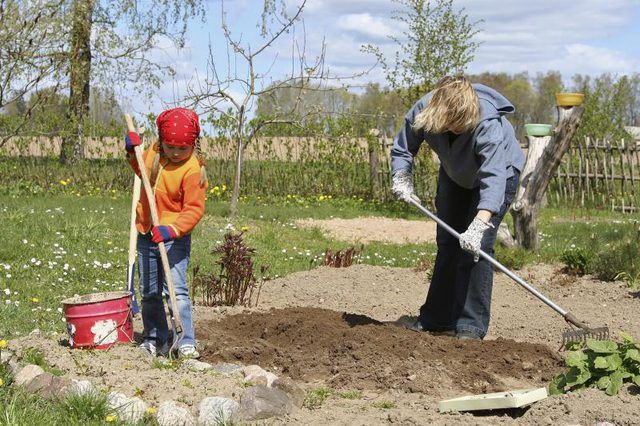
Unless you live in a rain forest, your garden plants and soil most likely require a little more water than they receive naturally. A watering can gives you a portable means of watering a small flowerbed or container garden, while a garden hose provides water to a much larger area. Specialty hoses include sprinkler and soaker hoses that sprinkle on nearby plants or soak the ground beneath the hose. A multipurpose hose nozzle for a standard garden hose has varying water outputs -- from a fine mist for gently misting plants through a sturdy, hard jet best used for rinsing caked-on debris off of tools or patio furniture. Sprinkler attachments for a hose offer everything from oscillating sprays of water to large fan-style sprays that water many feet of garden or lawn space at once.
